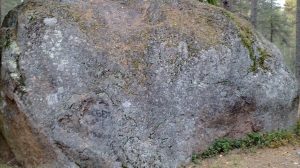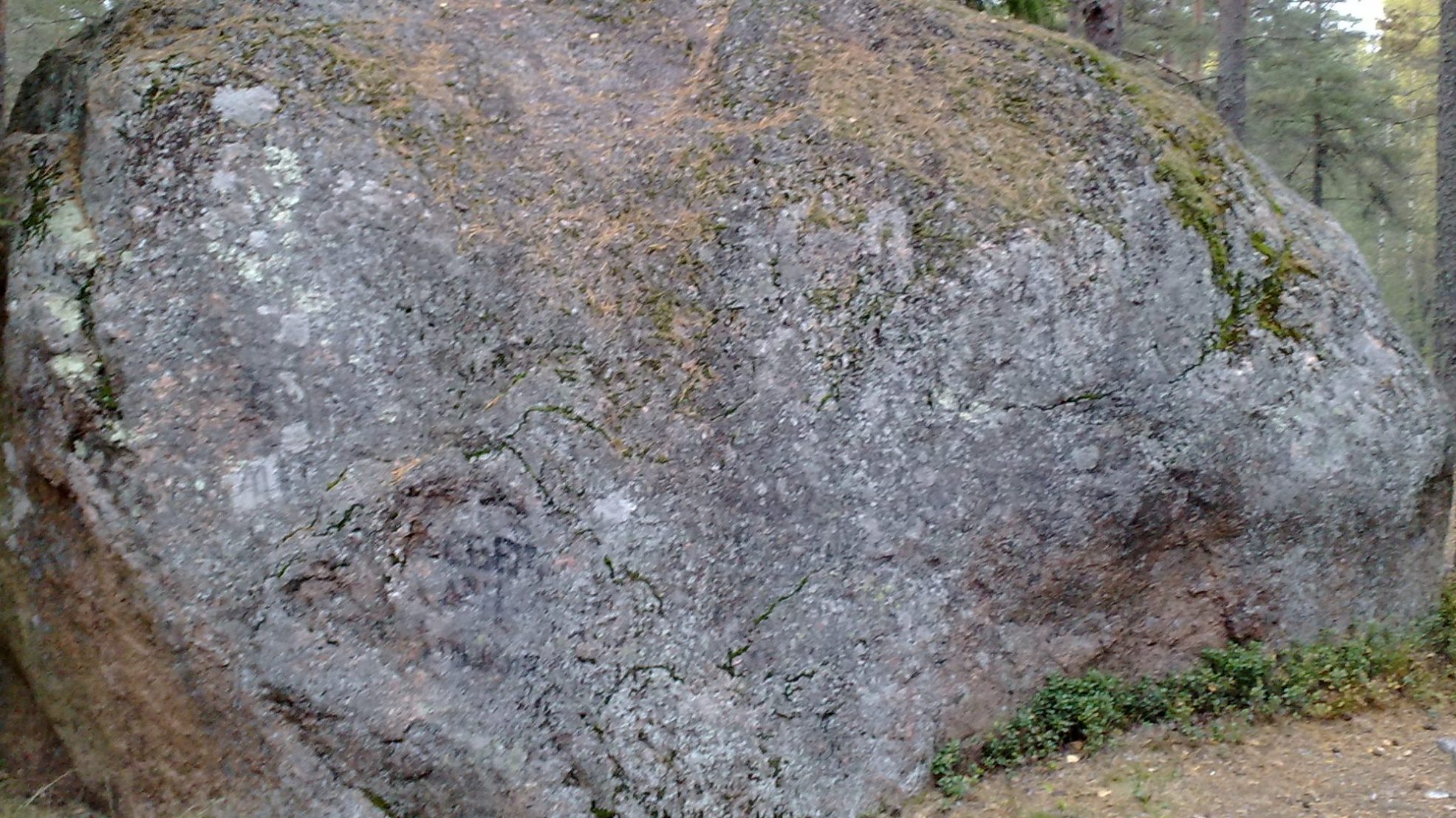
The Torah says that after Yaakov left his parents, fleeing from his brother Esav, “he came to the place” [28:11]. Rashi explains that he came to Mount Moriah, the same “place” mentioned previously, when Avraham brought Yitzchak to that same place, the site of the future Holy Temple, to be bound to the altar.
Yaakov took stones and placed them around his head, but in the morning, says the Torah, “he took the stone which he had placed around his head, and placed it as a monument, and poured oil upon its top” [28:18]. Was there a single stone, or many?
Rashi says that the stones argued over the privilege of being the one to serve as Yaakov’s pillow beneath his head, and so G-d combined them all. But in the Medrash, Rebbe Yehudah says that Yaakov prepared the stones as a test. Yaakov knew that he was destined to have twelve sons, and so he specifically took twelve stones. And he said, “if these twelve stones join together, I know that I will stand up the twelve tribes.” And since the twelve stones did indeed gather into a single one, he knew that he would father the tribes.
What was the importance of this sign? How did the merger of the twelve stones indicate that his children would be the Twelve Tribes of Israel?
Both Abraham and Isaac were our forefathers as well, but not all of their children were prepared to follow the same holy path. What Yaakov hoped to see was a fundamental unity, that all twelve brothers would be able to join together. And that was what he saw in fulfillment of his sign, when the stones did exactly that.
The Sages tell us that while the First Temple was destroyed because Israel committed the worst of crimes against G-d and man, with bloodshed, idolatry, and immorality, the Second was destroyed by needless hatred—by division and discord. Unity, then, is something that we must recapture to see it rebuilt. And that, too, is indicated by the fact that when the stones joined into one, it happened on the Temple Mount.
This does not mean everyone must agree about all things; different people naturally have different opinions, and Torah scholars argue about even the smallest details to arrive at the truth. And, of course, not every answer is correct, not every person acts correctly, and we must distinguish right from wrong.
It is, rather, an environment of love and respect for others that builds unity, and an understanding that our bonds are greater than our differences.
Our shared experience with hatred directed against all of Israel has moved us towards unity, both with G-d and between Jews. There was an immediate shortage of religious articles, due to a sudden increase in demand. People recognized that only our unique connection to Hashem could explain the visceral, random hatred displayed against us, and it inspired them to do more, especially to provide merits to protect the soldiers and all those living in the Holy Land.
And further, we were forced to recognize that we are indeed all brothers, despite our differences and arguments. In fact, many were moved to “bury the hatchet,” and reconcile with those with whom they had previously harbored animosity.
May we all take inspiration from the tragedy we experienced, and the hate directed against us, and may we continue to pray, increase our learning, and build relationships, all to protect those in danger—and so that we may see the Temple rebuilt, speedily and in our days.
Photo Credit: Wikimedia Commons


